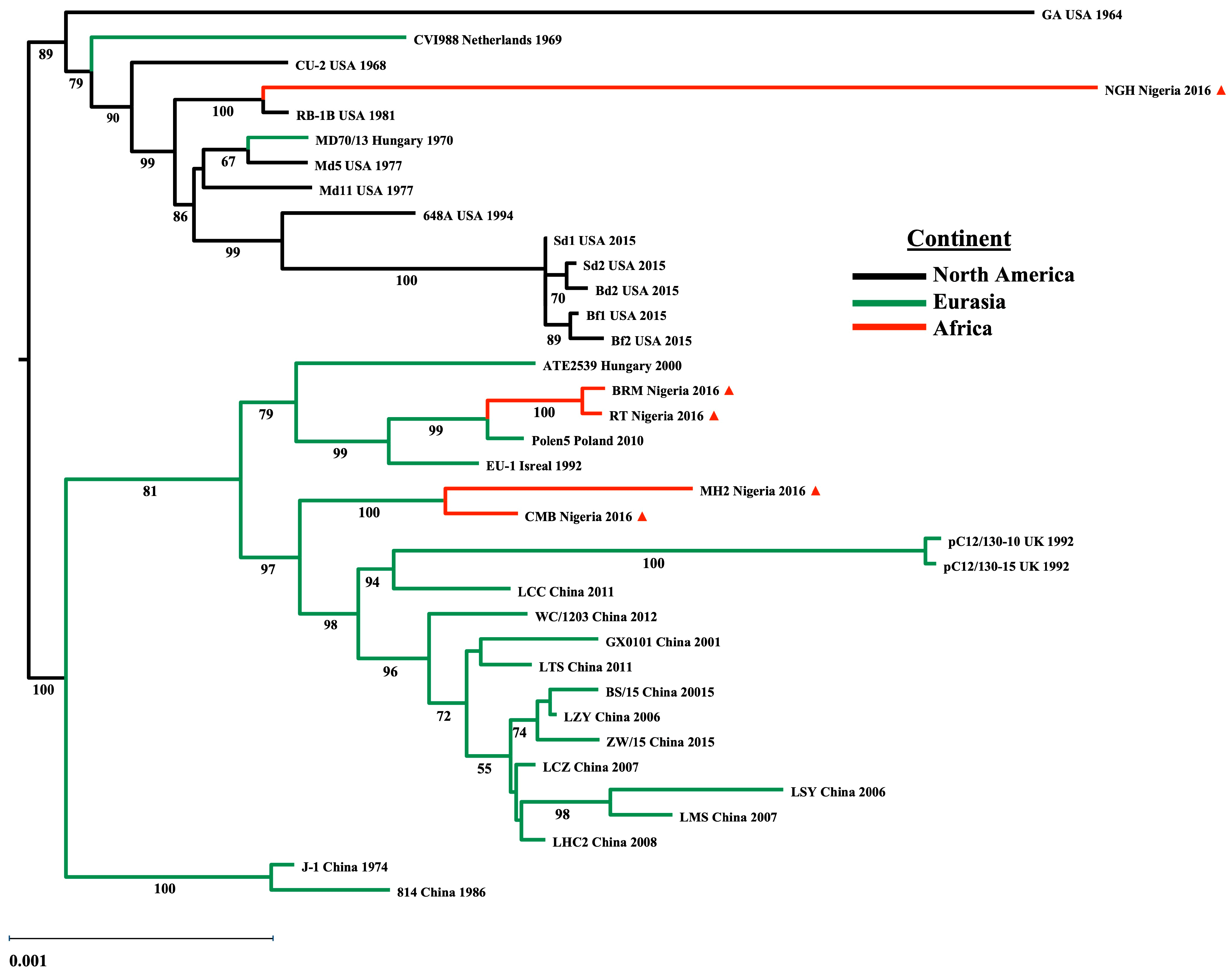2025-03-20 北京大学(PKU)
<関連情報>
- https://newsen.pku.edu.cn/news_events/news/research/14785.html
- https://www.nature.com/articles/s41586-025-08706-8
イネにおけるウイルス感染の認識と抗ウイルス防御の開始 Perception of viral infections and initiation of antiviral defence in rice
Yu Huang,Jialin Yang,Xi Sun,Jiahao Li,Xiaoqiang Cao,Shengze Yao,Yanhong Han,Changtian Chen,Linlin Du,Shuo Li,Yinghua Ji,Tong Zhou,He Wang,Jia-jia Han,Wenming Wang,Chunhong Wei,Qi Xie,Zhirui Yang & Yi Li
Nature Published:12 March 2025
DOI:https://doi.org/10.1038/s41586-025-08706-8

Abstract
Crop production faces persistent threats from insect-vector-borne viral diseases1,2. Recent advancements have revealed the intricate immune mechanisms that plants deploy against viral pathogens3,4,5,6,7,8. However, the molecular mechanisms through which plant hosts recognize viral infections and initiate antiviral defence at disease onset have not been elucidated. Here, through the natural infection of rice by inoculation with insect vectors carrying the natural forms of viruses, we show that viral coat proteins are perceived by the RING1–IBR–RING2-type ubiquitin ligase (RBRL), initiating the first step of the natural antiviral response in rice. RBRL subsequently targets an adaptor protein of the transcriptional repression complex of the jasmonate pathway, NOVEL INTERACTOR OF JAZ 3 (NINJA3), for degradation through the ubiquitination system, inducing jasmonate signalling and activating downstream antiviral defence. We further show that this phenomenon is a universal molecular mechanism used by rice plants to perceive viral infections and initiate antiviral signalling cascades. This approach is important not only for obtaining a deeper understanding of virus–host interactions but also for further disease resistance breeding.



